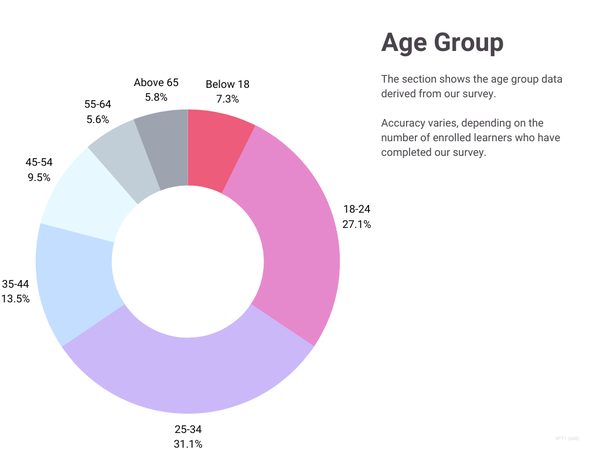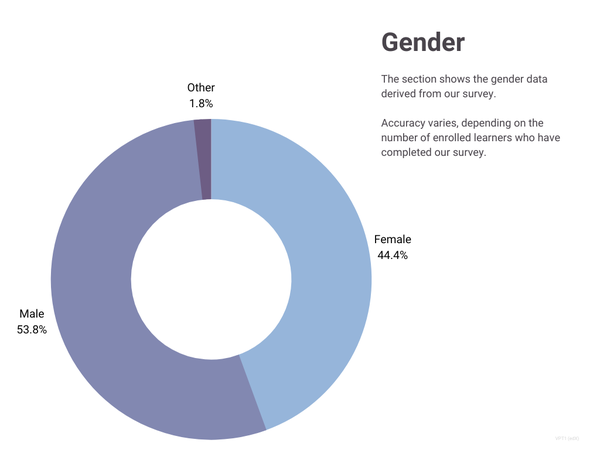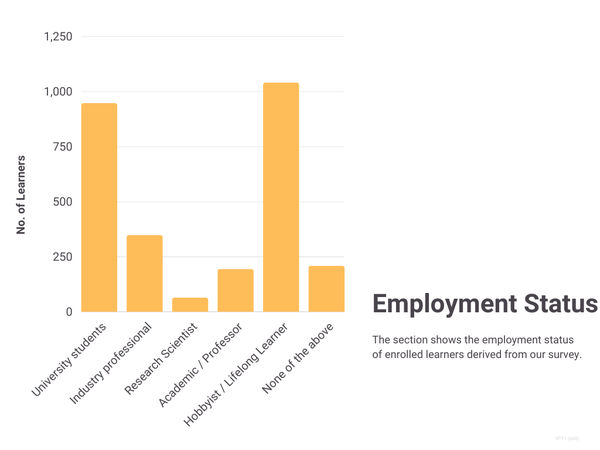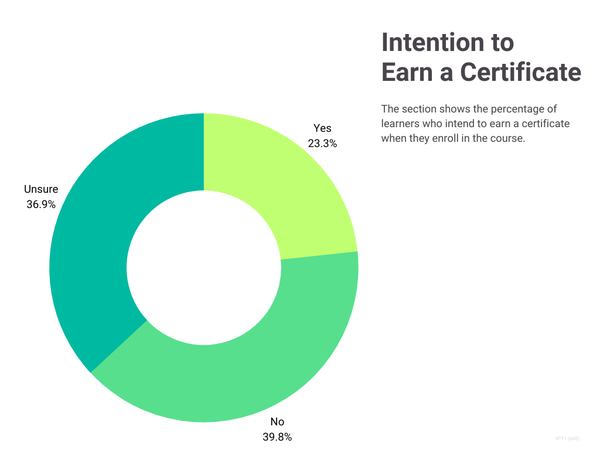Visualizing Postwar Tokyo, Part 1
Tokyo emerged out of the ruins of war to become a large city of 10 million people in only a quarter of a century. During this process of change, the capital of a military empire that once invaded East Asia experienced occupation by the U.S. armed forces, hosted the Olympic Games, and transformed into a consumer hub where young people could enjoy economic “wealth.” It is important to know that this process was recorded in countless photographs, documentary films, TV programs, and so on. We will retrieve many of these archived pictures and videos and analyze what happened in postwar Tokyo from different perspectives. In Part 1, you will look at the changes that occurred in postwar Tokyo over a quarter of a century from four different perspectives: 1) occupation and Americanism; 2) imperial gaze and royal wedding; 3) The Olympic city; and 4) economic-cultural clash in Shinjuku. This examination of urban history will provide you with the insights necessary when considering changes in other large cities in Asia, such as Seoul, Beijing, and Bangkok, at the end of the twentieth century.
Supported Language(s): English
Instructor(s)
Instructors' Voices
In this course, you will learn about:
- Noteworthy factors which promoted the development and change of Tokyo in the postwar period
- The impact of the U.S. occupation on the people and city of Tokyo
- The change of “gazing” relationship between the emperor and people in Japan
- The impact of Tokyo Olympic Games on the landscape of Tokyo
- How Shinjuku achieved its development in the 1960s and the factors which led to its economic-cultural clash
Highlights
Highlight video: Visualizing Postwar Tokyo, Part 1-1
Highlight video: Visualizing Postwar Tokyo, Part 1-2
Highlight video: Visualizing Postwar Tokyo, Part 1-3
Learners' Statistics






Learners' Voices
-
Student A
The course was good, emphasizes well the challenges and opportunities in the growth of a Smart City. The course tried to address different aspects, relationships for the development of a City. The course was stimulating our minds to some extent and probably our professor could throw some more challenges, show many more challenges the City faced to grow and how the authorities/people tackled it. (I do not know, if my expectations are gonna be met in the second part of this course). I thank our professor for the wonderful course.
-
Student B
The course is magnificent in describing the change in Japanese society, which is reflected world wide.
-
Student C
I enjoyed this course very much. I am very familiar with Tokyo, but I learned a lot of new things, and learned new ideas about how to think about Tokyo.
-
Student D
I found it a fluent course and with a great professor.

